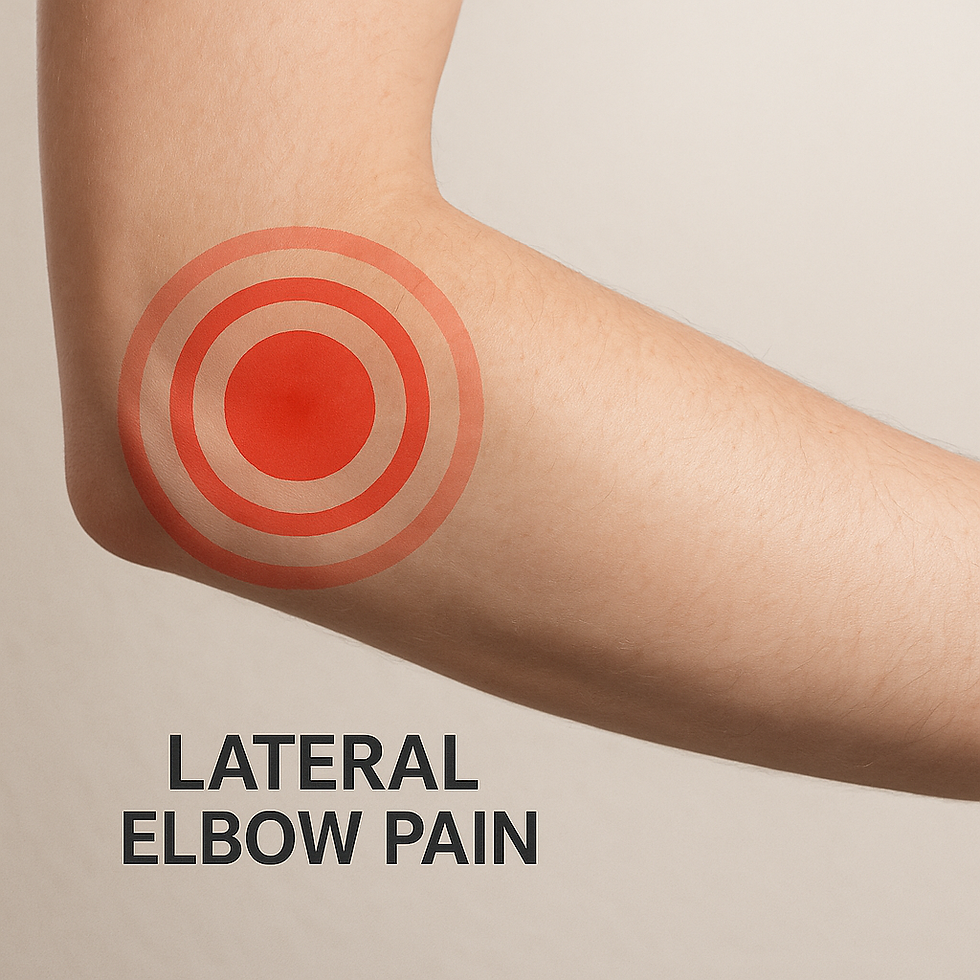Hip Internal Rotation for Deep Squats
- Will

- Oct 20
- 3 min read
Updated: Dec 5
Understanding the Deep Squat and Hip Internal Rotation
A deep, ass-to-grass squat showcases three essential movements:
Hip Flexion: This is when your thigh moves closer to your belly.
Hip Internal Rotation: Here, your thigh rolls toward the midline of your body.
Ankle Dorsiflexion: This involves your shin moving closer to the top of your foot.
Most folks nail hip flexion but struggle with at least one of the other two, often both. As a Physical Therapist, I see a lack of hip internal rotation in nearly every person who lands on my treatment table. They come in with complaints ranging from low back pain to hip pain, knee pain, and even ankle or foot pain.
If you want to improve your mobility at the bottom of a deep squat, you must focus on your hip internal rotation. If your goal is to squat to exactly 90 degrees, then you won’t need as much hip rotation. However, for every degree past 90 degrees that you want to squat, you need to have—and own—more degrees of hip internal rotation.
The Mechanics of Squatting
When you squat, the ball of the hip joint must:
Externally Rotate: This means your thigh rolls away from your midline.
Glide Down and Back: The ball must move within the hip capsule.

The posterior capsule (the butt side of the joint) must be able to accept motion from the ball within the socket. If your posterior capsule is tight, the ball will glide upwards instead of downwards, leading to compensatory movements. As the ball slides upwards, it can pinch against the “roof” of the hip joint, resulting in what we call Hip Impingement.
Common Compensations to Avoid Capsular Tightness
Here are some common compensations that people use to avoid tightness in the capsule:
Knee Flare: This is when the knees push out excessively during the squat.
Low Back Arching: This occurs when the low back arches or extends during the descent.
Buttwink: This happens at the bottom of the squat when the pelvis tucks under.
What’s Next?
“So what do I do, Will?” you might ask.
Train both hip internal and external rotation. Most people excel at stretching hip external rotation—think pigeon stretch—but often overlook the internal rotation aspect. Even if your goal isn’t to squat below parallel, training these movements can make squatting to parallel much more comfortable.
Exercises to Hip Internal Rotation
Here are a few exercises to help you improve your hip mobility:
1. Z Sit - Transitions
This exercise is fantastic for improving hip mobility. It allows you to work on both internal and external rotation while keeping your hips engaged.
2. Posterior Hip Mobilization
This movement focuses on loosening up the posterior capsule, allowing for better hip joint movement.
3. Hip Flexion + Internal Rotation (Kneeling)
This exercise targets hip flexion and internal rotation, crucial for achieving that deep squat.
Conclusion: Get Squatting!
Improving your hip mobility is essential for achieving a deep squat. By focusing on hip internal rotation and incorporating these exercises into your routine, you'll be well on your way to squatting without limitations. Remember, the deeper you want to squat, the more hip internal rotation you need to develop. So, let’s get to work and unlock those hips!
And hey, if you’re feeling any pain or discomfort, don’t hesitate to reach out. Southeast Physical Therapy is here to help you overcome pain, boost your performance, and get back to your active lifestyle. Let’s conquer those squats together!




Comments